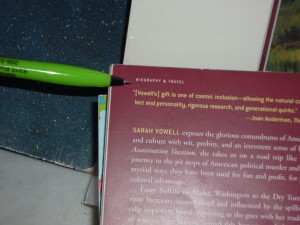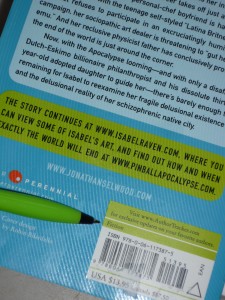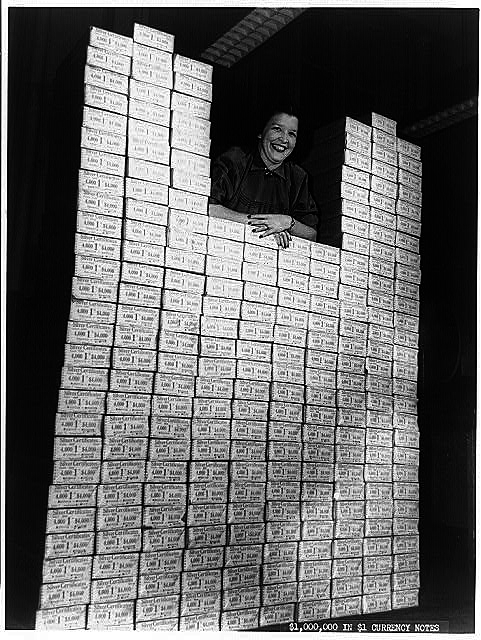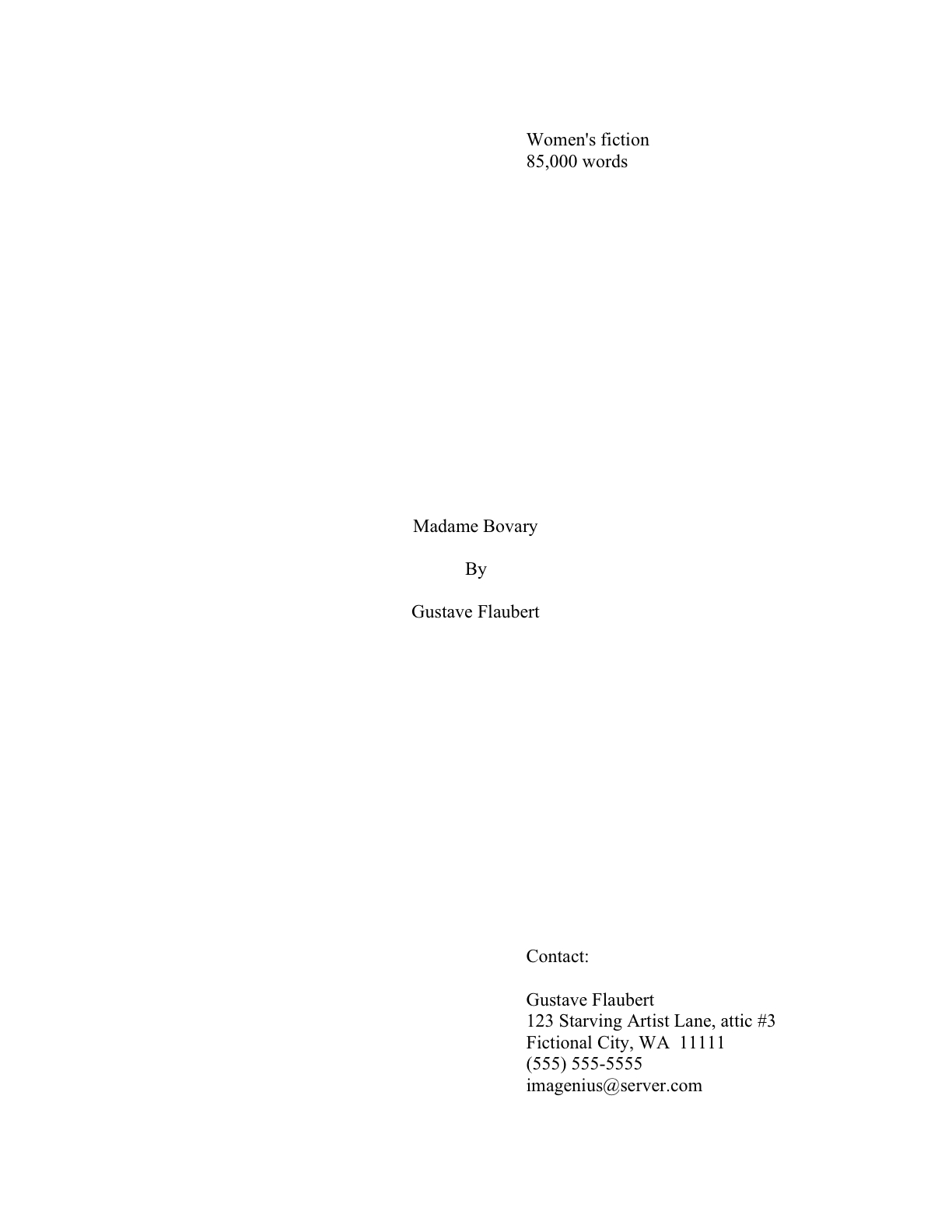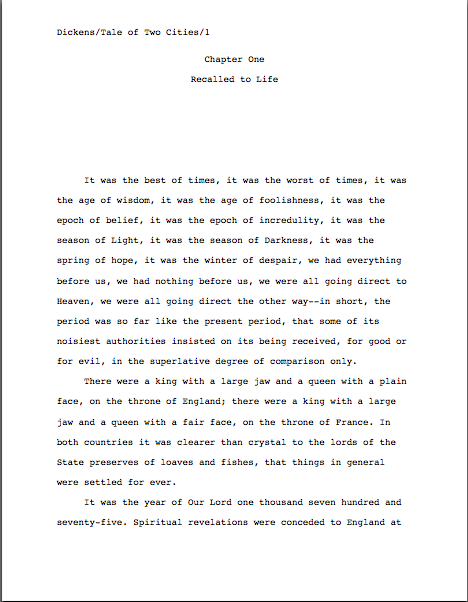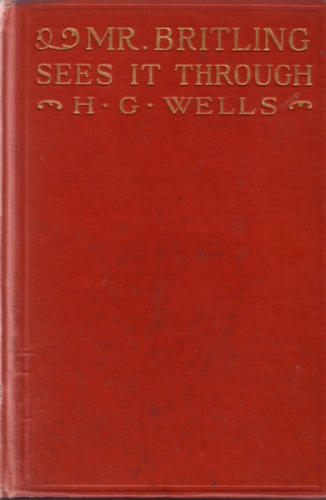
Yes, that’s yours truly, apparently wielding a wee supernova. I prefer to think the repeated iterations of the image are not a mirror effect, but glimpses of future images of me on the covers of literary magazines. (Oh, as if you wouldn’t frame them for your mother.)
But enough about me. Let’s talk about you. Specifically, let’s talk about how you’re going to portray yourself in your author bio.
Saw that one coming, didn’t you? I expect so: for the last — yow, has it been a month already? — I’ve been concentrating upon query packets, submission packets, and the things that go in them. Not that I’m recommending that any of you just go cramming any of the items we’ve been discussing into the envelope, of course; as always, the guiding principle of querying and submission remains give them precisely what they ask to see.
No more, no less — and this applies equally well to query packets as submissions, by the way. If an agency’s submission guidelines say to query with a synopsis, the first five pages, and an author bio, that’s precisely what the savvy querier’s envelope should contain, along with a SASE. (If you don’t know what any of these things are, please consult the archive list at right.) By the same token, if an agent responds to a query with a request for the first 50 pages, the submission packet should contain a cover letter (don’t worry; we’re getting to that), the title page, 50 pages of text, and a SASE large and stamp-heavy enough to get the whole shebang back to you.
That’s it. No home-baked cookies, even if you’re marketing a cookbook; no synopses for the other five manuscripts in your desk drawer, and certainly no page 51. Remember, part of what you’re demonstrating in a query or submission packet is that you’re both capable of and willing to follow directions to the letter.
Which is why what I’m about to say may surprise you: I always advise aspiring writers to include an author bio with requested pages. I’m not talking about that 5-page writing sample some agents ask to see, naturally, but even if it’s as little as 50 pages or a chapter, consider tucking your bio at the bottom of the stack.
Why? Well, when an agent circulates a novel to editors, it’s generally with an author bio as the bottom page in the stack; it’s also commonly the last page of a book proposal. So including it in a full manuscript submission tends to come across as professional, rather than trying to slip additional information in under the wire.
But if some additional information might slip under the wire this way, is that such a bad thing?
Before those of you who currently have requested materials floating around agencies or small publishing houses begin to panic, I hasten to add: including an author bio is not required. Unless, of course, the agent or editor in question has asked to see one.
Increasingly, they are asking, even at the querying stage — which is why, in case you’ve been wondering for the duration of the last few paragraphs, why I am writing about it now, within the context of our ongoing examination of query packets and the things that go in them. Unlike just a few years ago, agents now frequently request author bios with submissions, especially for nonfiction, agents will often want to know up front who this writer is, what s/he does for a living, and what else s/he’s writing.
Stop hyperventilating — you can do this.
Soothingly, author bios are one of the few marketing materials in the writer’s promotional kit that tends not change much throughout the agent-finding-through-publication process. Nor, even more comforting, have the basics of writing one changed much in the last 30 years.
Refreshing, huh?
Don’t go sinking into that lavender-scented bath too quickly, though, because one thing about the author bio HAS changed in recent years: the author is now expected to write it, and increasingly early in the publication process.
How early, you ask? Um, do you have time to start work on yours right now?
Don’t look so shocked — although agents and editors are asking for author bios earlier in the process than in days of yore, it’s hardly a surprise that you’d have to come up with one, is it? Any of you who has ever read a hardcover book with a dust jacket must have at least suspected that your bio was somehow relevant to the process, right?
I sense some glancing at the clock out there, don’t I? “But Anne,” those of you on your way out the door to mail requested materials whimper, “I’m aware that I’m going to need to construct one sometime, but need it be NOW? Wouldn’t it make more sense to wait until someone actually asks to see it?”
Well, to be quite honest with you, you could. But as I mentioned last time, writing an eye-catching author bio isn’t easy; just as it’s much less stress-inducing for an aspiring writer to cobble together a synopsis almost anytime other than immediately after an agent or editor has asked her to produce one, tossing together an author bio when you’re frantically trying to proofread your novel at 3 AM and figure out how much postage to slap on your SASE for its safe return is quite a bit more challenging than, say, devoting a free afternoon to the task three months before you’re planning to query at all.
I just mention. The results also tend to be — if not better, than at least of a quality that would not make the writer cringe should a shortened version ever turn up on a dust jacket.
Seventeen dozen hands just shot up in the air. “Shortened version?” the confused shout in unison. “Wait, isn’t the author bio identical to that 50-word paragraph I’ve been seeing for years inside the back flap of book covers, a belief apparently corroborated by your crack above about how we all should have expected to have to write one eventually?”
Touché on that last point, and it’s a good question in general: many, if not most, aspiring writers simply assume that what they see in print is precisely what the publishing industry expects to receive. But just as a professionally-formatted manuscript does not resemble a published book in many respects — and if that’s news to you, PLEASE take a gander at the HOW TO FORMAT A MANUSCRIPT and/or STANDARD FORMAT ILLUSTRATED categories on the archive list at right before you even consider querying or submitting your work — the kind of author bio the pros have in mind differs fairly significantly from the kind found on dust jackets.
For one thing, it’s longer. Usually in the neighborhood of 250 words — or, to put it in visual terms, a single double-spaced page or just over half a single-spaced page with an author photo at the top. (Don’t worry: I’ll be going over your formatting choices in exhaustive detail soon, I promise.)
Think of it as the 1-page synopsis of your writing life.
“Um, Anne?” the time-pressed pipe up again. “That sounds as though you’re about to ask me to rattle off my selling points as an author, and as we discussed at some length not so long ago, I don’t feel that my writing credentials are all that impressive. Besides, it’s awfully difficult many of us to carve out time in our schedules to write, much less to market our work to agents. I’m in the middle of my tenth revision of Chapter 3, and I’m trying to get a dozen queries in the mail before Thanksgiving. I also have a life. May I be excused, please, from dropping all that in order to sit down and compose something I only MIGHT need if one of those agents asks to see the book?”
Well, first off, clock-watchers, congratulations for having the foresight to send off a flotilla of queries well before the onset of the holiday season. As long-term readers of this blog are already aware (I hope, given how frequently I mention it), the publishing industry is notorious for slowing W-A-Y down between Thanksgiving and the end of the year.
Best to get your query letters in before the proverbial Christmas rush, I always say. Because, really, if you don’t, you’re probably going to want to hold off on sending the next batch until after the Martin Luther King, Jr., holiday.
Yes, in response to all of those shouted mental questions from those of you who do not happen to be U.S. citizens: I do mean after January 20th. 2009.
Why wait so long, you howl? Several reasons. First, as we discussed before, during, and after the traditional mid-August-through-Labor-Day publishing vacation period, Millicent’s desk is going to be piled pretty high with envelopes when she returns after her winter holidays. Place yourself in her snow boots for a moment: if you were the one going through all of that backlog of unopened queries, would you be more eager to reject any given one, or less?
I’m going to leave the answer to that between you and your conscience.
Second, in the US, agencies are required by law to produce tax documents for their clients by the end of January, documenting the royalties of the previous year. Yes, everyone knows it’s coming, but common sense will tell you that the vast majority of the inmates of agencies were English majors. Have you ever watched an English major try to pull together his tax information?
‘Nuff said, I think.
Third — and to my mind, the best reason by far — do you REALLY want your query (or submission) to get lost amongst similar documents from every unpublished writer in North America who made the not-uncommon New Year’s resolution, “By gum, I’m going to send out 20 queries a month, beginning January 1!”
Fortunately for Millicent’s sanity, the average New Year’s resolution lasts a grand total of three weeks — which, this coming January, lands quite nicely near Inauguration Day.
All that being said (and I had a surprising amount to say on the subject, didn’t I, considering that it could have been summarized quite adequately as, “Start getting those queries out now!”), I would encourage all of you who are at the querying stage of your careers to set aside anywhere from a few hours to a couple of days to sit down and hammer out a great author bio for yourself.
Ideally, sometime really, really soon. Again, how does now sound?
Why I am I pressing you on this? For very, very practical reasons: often, the request for a bio comes when your mind is on other things, like doing a lightning-fast revision on your book proposal so you can send it to that nice editor who listened so attentively to your pitch at a conference or just before you start dancing around your living room in your underwear because your before-bed e-mail check revealed a response to a query.
Agents and editors tend to toss it out casually, as if it’s an afterthought: “Oh, and send me a bio.” The informality of the request can be a bit misleading, however: your one-page author bio is actually a very important tool in your marketing kit.
Yeah, I know: over the years (and definitely over this last summer, when I devoted a whole lot of our time together to querying, pitching, and submission issues), I have told you that many, many things were important tools in your marketing kit. Your synopsis, for instance. Your query letter. Your pitch. Your first 50 pages. Your first page.
And you know something? I wasn’t lying to you any of those times. They’re all important.
So just how important is the author bio, you ask? Well, it’s not unheard-of for editors, in particular, to decide to pass on the book they’re being offered, but ask the agent to see other work by the author, if the bio is intriguing enough.
Yes, really: it’s happened more than once. Heck, it’s happened to me more than once.
Admittedly, I come from a pretty wacky background (detailed in my bio, if you’re interested), but I think a general axiom may be derived from the fact that attracting interest in this manner has happened to any writer, ever: it is not a tremendously good idea just to throw a few autobiographical paragraphs together in the last few minutes before a requested manuscript, proposal, or synopsis heads out the door.
Which is, as I hinted gently, precisely what most aspiring writers do. In the extra minute and a half they have left between dashing off a 20-minute synopsis and when the post office door locks for the night.
Big, big mistake: if the bio reads as dull, disorganized, or unprofessional, agents and editors may leap to the unwarranted conclusion that the writer is also dull, disorganized, and/or unprofessional. After all, they are likely to reason, the author’s life is the material that he should know best; if he can’t write about that well, how can he write well about anything else?
I know; wacky. But remember, these folks usually don’t know the writers who submit: Millicent and her ilk have to draw conclusions based upon the evidence on paper in front of them.
A good bio is especially important if you write any flavor of nonfiction, because the bio is where you establish your platform in its most tightly-summarized form. All of you nonfiction writers out there know what a platform is, don’t you? You should: it is practically the first thing any agent or editor will ask you when you pitch a NF book. Your platform is the background that renders you — yes, YOU — the best person on earth to write the book you are pitching. This background can include, but is not limited to, educational credentials, relevant work experience, awards, and significant research time.
You know, the stuff we discussed at length both when you were crafting your pitch back in the summer and again in September, when you were thinking about the biographical paragraph of your query letter. For a NF writer, the author bio is a compressed résumé, with a twist: unlike the cold, linear presentation of the résumé format, the author bio must also demonstrate that the author can put together an array of facts in a readable, compelling fashion.
Actually, the same holds true for a novelist’s author bio — and lest any of you fiction writers out there be tempted to cling to the old-fashioned notion that you’re exempt from this daunting challenge, think again. “A bio?” novelists say nervously when agents and editors toss out the seemingly casual request. “You mean that thing on the back cover? Won’t my publisher’s marketing department write that for me?”
In a word, no. They might punch it up a little down the line, but in the manuscript-marketing stages, you’re on your own.
That tendency to assume that someone else will take care of the bio is practically universal amongst writers — until they have been through the book publication process. Unfortunately, despite the ubiquity of this misconception, hemming and/or hawing about the production of one’s bio is NOT the way to win friends and influence people in an agency.
Or a publishing house, for that matter. You think the marketing department isn’t eager to get to work reorganizing your bio?
So if you take nothing else from today’s post, absorb this enduring truth and clutch it to your respective bosoms forevermore: whenever you are asked to provide extra material whilst marketing your work, train yourself not to equivocate.
Instead, learn to chirp happily, like the can-do sort of person you are: “A bio? You bet!”
Yes, even if the agent or editor in question has just asked you to produce some marketing data that strikes you as irrelevant or downright stupid. Even if what you’re being asked for will require you to take a week off work to deliver. Even in you have to dash to the nearest dictionary the second your meeting with an agent or editor is over to find out what you’ve just promised to send within a week IS.
Or, perhaps more sensibly, drop me an e-mail and inquire. That’s what Author! Author! is here for, you know: to help writers get their work successfully out the door.
Why is appearing eager to comply and competent so important, I hear you ask? Because professionalism is one of the few selling points a writer CAN’T list in an author bio — and to most people in positions to bring your work to publication, it’s regarded as a sure indicator of how much extra time they will have to spend holding a new author’s hand on the way to publication, explaining how the industry works.
How much extra time will they want to spend on you and your book, I hear you ask, over and above the time required to sell it? (My readers are so smart; I can always rely on them to ask the perfect questions at the perfect times.) It varies from agent to agent, of course, but I believe I can give you a general ballpark estimate without going too far out on a limb: none.
Yes, I know — all the agency guides will tell the previously unpublished writer to seek out agencies with track records of taking on inexperienced writers. It’s good advice, but not because such agencies are habitually eager to expend their resources teaching newbies the ropes.
It’s good advice because such agencies have demonstrated that they are braver than many others: they are willing to take a chance on a new writer from time to time, provided that writer’s professionalism positively oozes off the page and from her manner.
I’ll bet you a nickel that the writers these agencies have signed did not respond evasively when asked for their bios.
Professionalism, as I believe I have pointed out several hundred times before in this forum, is demonstrated in many ways. Via manuscripts that conform to standard format, for instance, or knowing not to call an agency unless there’s some question of requested materials actually having been lost. It is also, unfortunately for those new to the game, demonstrated through familiarity with the basic terms and expectations of the industry.
This is what is known colloquially as a Catch-22: you get into the biz by showing that you know how people in the biz act — which you learn by being in the biz.
So, as you have probably already figured out by now, “Bio? What’s that?” is not the most advisable response to an agent or editor’s request for one. Nor is hesitating, or saying that you’ll need some time to write one. (You’re perfectly free to take time to write one, of course; just don’t say so up front.)
Why is even hesitation problematic, I hear you ask? (Another terrific question; you really are on the ball today.)
Well, let me put it this way: have you ever walked into a deli on the isle of Manhattan unsure of what kind of sandwich you want to get? When you took the requisite few seconds to collect your thoughts on the crucial subjects of onions and mayo, did the guy behind the counter wait politely for you to state your well-considered preferences?
Or did he roll his eyes and move on to the next customer? And did that next customer ruminate at length on the competing joys of ham on rye and pastrami on pumpernickel, soliciting the opinions of other customers with the open-mindedness of Socrates conducting a symposium, or did he just shout over your shoulder, “Reuben with a dill pickle!” with the ultra-imperative diction of an emergency room surgeon calling for a scalpel to perform a tracheotomy with seconds to spare before the patient sustains permanent brain damage from lack of oxygen?
If you frequent the same delis I do when I’m in town, the answers in both cases are emphatically the latter. Perhaps with some profanity thrown in for local color.
NYC-based agents and editors eat in those delis, my friends. They go there to RELAX.
This regional tendency to mistake thoughtful consideration or momentary hesitation, for malingering or even slow-wittedness often comes as an unpleasant shock to those of us who are West Coast bred and born, I must admit. Here in the Pacific Northwest, we like to encourage meditation in daily life; there are retail emporia in the greater Seattle metropolitan area where the Buddha himself could happily hold a full-time job with no significant loss of contemplative time.
Even in retail. “I’m here if you need anything,” the Buddha would say, melting into the background to think. “Just let me know if you have questions about those socks. There’s no rush.”
This is why, in case you have been wondering, NYC-based agents and editors sometimes treat those of us out here like flakes. In certain minds, we’re all wandering around stoned in bellbottoms, offering flowers to strangers at airports, reusing and recycling paper, and spreading pinko propaganda like, “Have a nice day.”
That is, when we’re not writing our books in moss-covered lean-tos, surrounded by yeti in Birkenstocks. (Oh, you laugh, but I’m not entirely sure that my agent understands that I’m not composing my current novel in a yurt by light provided by a squirrel-run generator.)
My point is, it would behoove you to have an author bio already written by the time you are asked for it, so you will not hesitate for even one Buddha-like, yeti-consulting moment when the crucial request comes. And make mine tempeh, avocado, and sprouts on sourdough, please, with a side of smoked salmon for my yeti friend here.
We’ve got some author bios to write. Abundant practicalities to come, of course, and as always, keep up the good work!
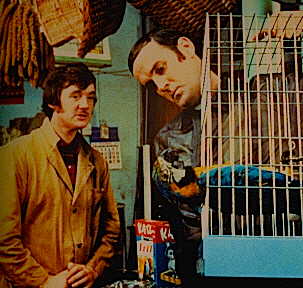
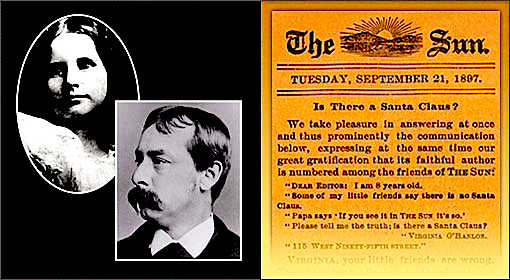











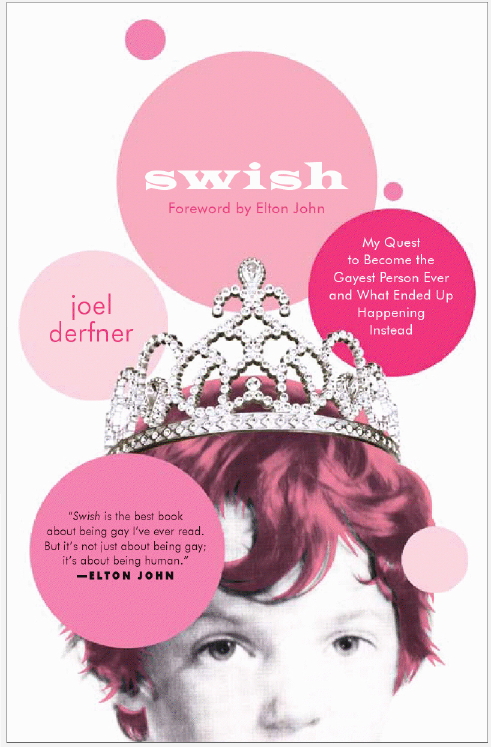

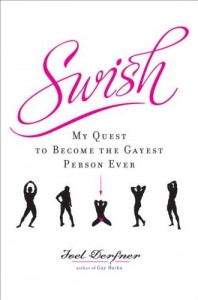
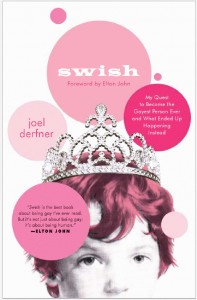
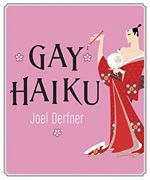

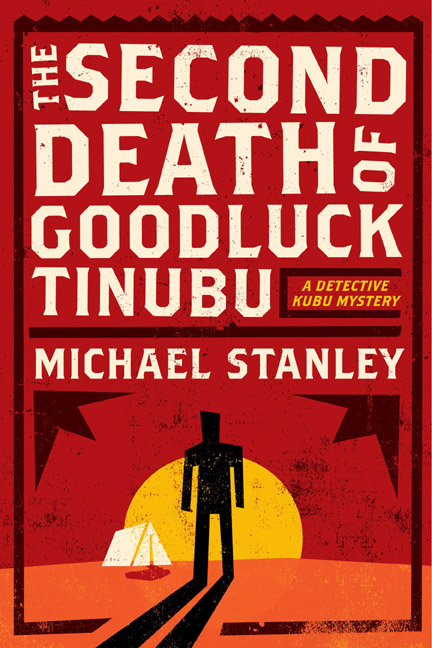
 Those of you who were hanging around the Author! Author! virtual lounge may remember Stan from last year, when he was kind enough to visit with
Those of you who were hanging around the Author! Author! virtual lounge may remember Stan from last year, when he was kind enough to visit with 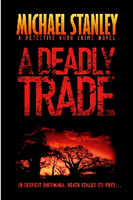 How can a man die twice?
How can a man die twice?
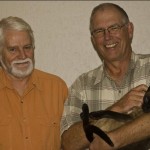 Michael Stanley is the writing team of Michael Sears and Stanley Trollip.
Michael Stanley is the writing team of Michael Sears and Stanley Trollip. 
